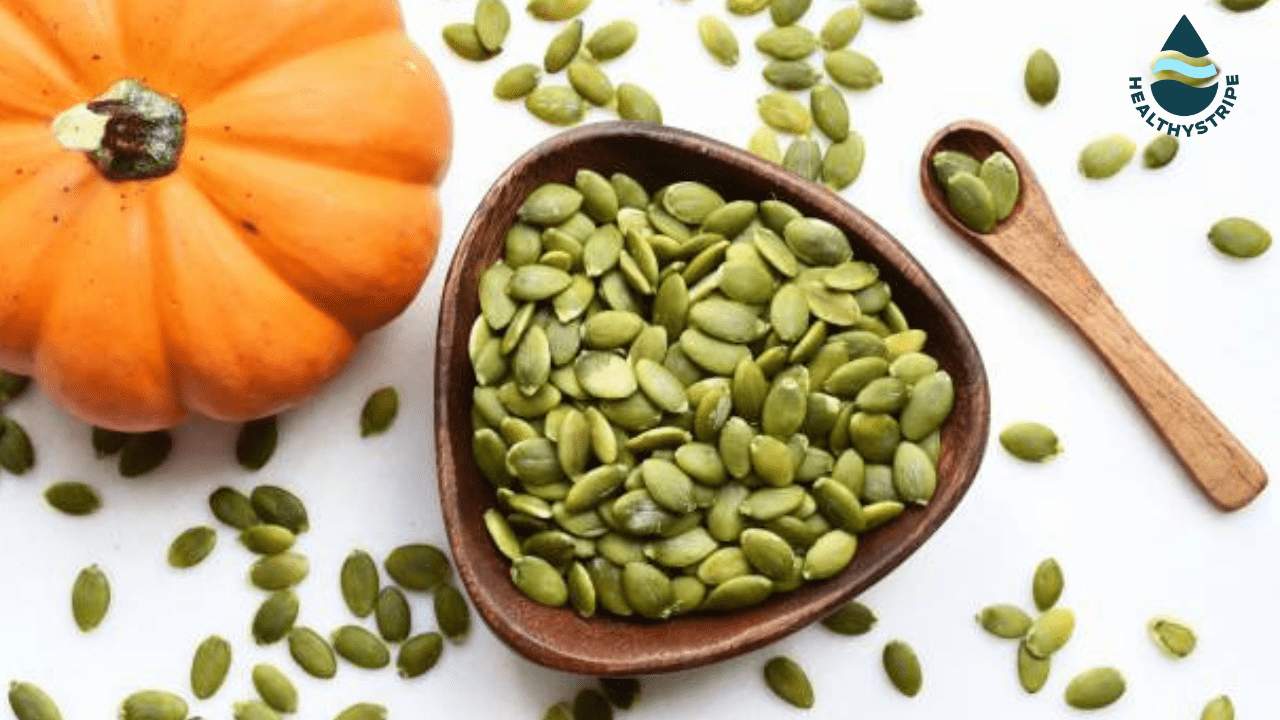
The super crop that has been feeding more than half of the world’s population for the past 5000 years is none other than rice.
Studies show that more than 50% of the calorie supply comes from rice. With 120,000 varieties, it has one of the richest gene banks in the plant kingdom. In recent times, the Indica(9211) and Japonica( Nipponbare) have shown exceptional results in gene sequencing.
Well, unlike the old days, food no longer serves as a mean to satiate our hunger. What began as a mean to feed, has found its way into health and wellness.
Most health-conscious people nowadays prefer brown rice to white rice.
Why do you think there is this preference?
So if you are confused about which one to choose, read on to learn more about brown rice and how it differs from regular white rice.
Nutritional Comparison in Brown Rice vs. White Rice
| Nutrients | White Rice (One Cup) |
Brown Rice (One Cup)
|
| Calories | 242 g | 218 g |
| Carbohydrates | 53.2 g | 45.8 g |
| Protein | 4.43 g | 4.52 g |
| Fat | 0.391 | 1.62 g |
| Dietary fiber | 0.558 | 3.51 g |
| Phosphorus | 68.8 mg | 150 mg |
| Thiamine | 0.311 mg | 0.199 mg |
| Niacin | 3.42 mg | 2.59 mg |
| Vitamin B6 | 0.093 mg | 0.291 mg |
| Magnesium | 24.2 mg | 85.8 mg |
| Copper | 0.071 mg | 0.158 mg |
| Manganese | 0.071 mg | 2.14 mg |
| Iron | 2.77 mg | 1.03 mg |
Unlike humans, All white rice was brown rice at some point. What do you mean?
They are the same thing?
Well, technically it’s more like peeling a fruit. The brown rice has its outer hull removed by milling while the germ layer stays. If we remove the husk bran and germ layers too we get the white rice which seems more palatable.
Its shelf life also increases from 3-6 months( in the case of brown rice) to 30 yrs. However, unfortunately, the nutrient value decreases. Polished rice has a high glycemic load and may impact glucose homeostasis, however, when combined with other foods, it may be considered healthy.
But it’s a boon for population inflation where increased shelf life has greatly increased its stability during storage and transport.
Caloric Content of Brown Rice and White Rice
According to the Department of Agriculture National Nutrient Database, ⅓ cup of cooked long-grain brown rice provides 82 calories vs 68 calories in the case of white rice. Their carbohydrate values are 17.5 gm and 14.84 gm respectively.
Protein Content of Brown Rice and White Rice
In terms of their protein quantity, they have more or less similar content. However, brown rice has slightly more protein than white rice which has 1.42 gm protein/ 1/3rd cup of rice.
Fibre Content of Brown Rice and White Rice
When you are comparing brown rice vs white rice fibre content, brown rice definitely has more fibre. This means having brown rice instead of white rice may improve satiety, lower cholesterol levels, manage blood sugar levels, and improve cardiovascular and gut health.
Micronutrient content (vitamins and minerals) of Brown Rice and White Rice
When rice goes through the milling process, it loses a significant amount of micronutrients like manganese, and selenium among others. Let’s find out how these minerals affect our bodies.
- Manganese
Manganese is indispensable for energy production, mitochondrial function and antioxidant activity.
- Selenium
Selenium plays an important role in thyroid hormone production, antioxidant protection, and immune function. Vitamin E and selenium work together to protect cells from cancer.
- Magnesium
Brown rice is an excellent source of magnesium that serves to provide about 11% of your daily requirement of the mineral. It helps in clotting, muscle activity, and cell and bone development. The average daily dose is 270- 400 mg for a healthy adult.
- Folate
White rice which has been enriched with folate is a good source of this vitamin. There are 195 to 222 micrograms (mcg) of folate in an average 1-cup serving or about half of what you should consume daily. Folate plays an important role in the production of DNA and other genetic material in your body.
Furthermore, it promotes cell division. Folate is important for everyone, but especially for pregnant women or women planning to become pregnant. Most adults should consume around 400 mcg of this vitamin per day. It ranges from 500-600mcg in the case of breastfeeding mothers.
Health Benefits
More than 3.5 billion people worldwide depend on rice as their staple food. While brown rice brings more to the table concerning food value, white rice aces the competition when it comes to storage, shelf life, taste and ease of cooking. Let’s talk about the health benefits of each one.
Potential Health Benefits of consuming Brown Rice
The benefits of brown rice are endless. When it comes to nutrient value, it outpaces white rice in
- Manganese
- Phosphorous
- Niacin
- Dietary fibre
- Vitamins B1 (thiamin) and B6 (pyridoxine)
- Magnesium
However, it might contain some quantity of arsenic which is highly contraindicated in case of pregnancy.
Potential health benefits of consuming White Rice
While it’s not that difficult to find criticism of white rice, it is a great source of folate and is recommended for pregnant women. It also has low fibre content so it is better suited than brown rice if you are having a sensitive stomach.
To Sum it up
Rice has been the spoken language of food for centuries. To answer the question, is brown rice healthier than white rice?
Well, both brown and white rice are good sources of calories, at the end of the day. Unless you are allergic to gluten, you may opt for either of the two after consulting your dietician. The kind of rice you opt for depends on your health needs.
Every individual differs from the other in the case of tolerance and acceptance of a new substance in their diet. While brown rice is healthier in terms of nutrient value it might be less acceptable if you have a sensitive gut.









